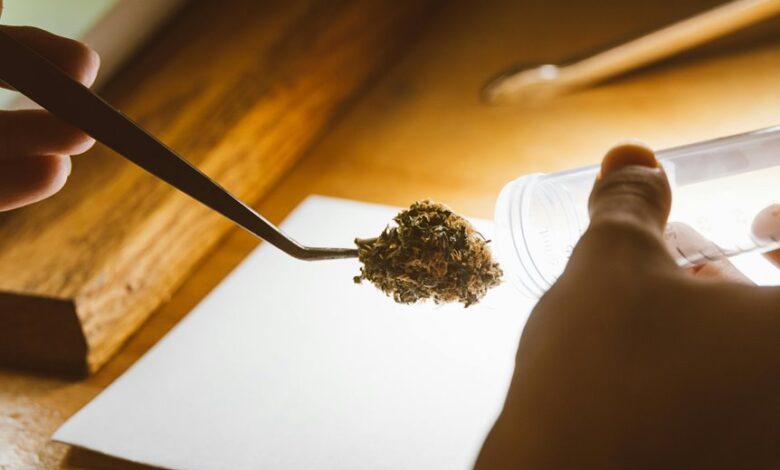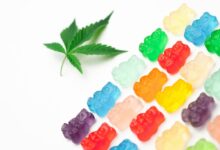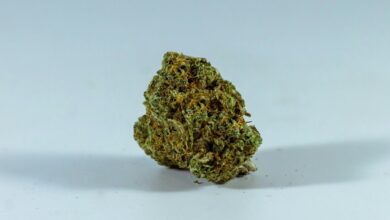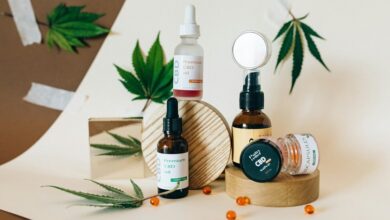Does Cbd Show up on a Drug Test Dot

The intersection of CBD use and drug testing, particularly within Department of Transportation (DOT) regulations, raises important questions. While CBD itself is unlikely to trigger a positive result on standard drug tests, the presence of THC in many CBD products poses a risk. Users in safety-sensitive roles must navigate this landscape carefully. Understanding the nuances of testing methods and compliance requirements is essential for mitigating potential issues. What strategies can users employ to ensure they remain compliant?
Understanding CBD and THC: Key Differences
Cannabidiol (CBD) and tetrahydrocannabinol (THC) are two prominent compounds found in the cannabis plant, each with distinct properties and effects.
CBD benefits include potential relief from anxiety and inflammation without psychoactive effects.
In contrast, THC effects are characterized by euphoria and altered perception, which can lead to impaired judgment.
Understanding these differences is crucial for individuals navigating cannabis use and its implications.
Drug Testing Methods and Their Implications
How do various drug testing methods impact the detection of substances like CBD and THC?
Different methods, such as urine, saliva, and hair testing, exhibit varying drug testing accuracy and detection windows.
Testing frequency also influences results, as regular use may lead to higher concentrations of THC metabolites.
Understanding these factors is crucial for individuals concerned about potential implications on their health and employment.
The Role of DOT Regulations in Drug Testing
While many individuals may be unaware, the Department of Transportation (DOT) plays a significant role in establishing drug testing regulations for safety-sensitive positions, particularly in the transportation industry.
DOT compliance ensures adherence to stringent testing standards and safety protocols outlined in regulatory overviews and industry guidelines.
These measures aim to maintain safety and reliability, protecting both workers and the public from potential risks.
Best Practices for CBD Users in Regulated Industries
As the use of CBD products continues to rise, individuals working in regulated industries must navigate the complexities of compliance and safety.
Best practices include thorough user education on CBD dosage and potential drug test implications. Users should opt for broad-spectrum or isolate products to minimize THC exposure and maintain transparency with employers about usage to avoid unintended consequences during drug screenings.
Conclusion
In the complex landscape of drug testing, CBD represents a double-edged sword, where the promise of wellness can obscure potential pitfalls. Just as a ship navigating murky waters must heed the lighthouse's warning, users in safety-sensitive positions must tread carefully, choosing broad-spectrum or isolate products to avoid THC exposure. Transparency with employers serves as the guiding star, illuminating the path to informed choices and safeguarding careers amidst the shadows of uncertainty in drug screenings.





